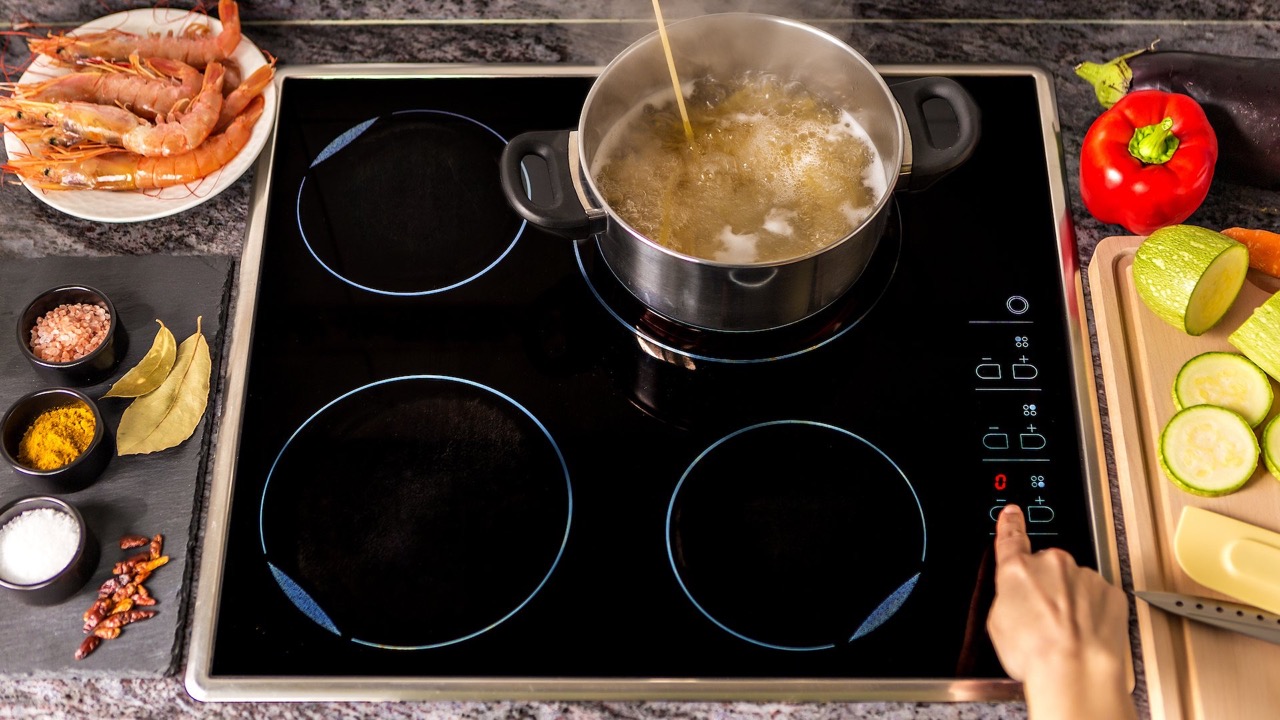

Articles
How Does An Induction Stove Top Work
Modified: December 7, 2023
Discover the science behind induction stove tops in this informative article. Learn how electromagnetic fields create heat and cook food efficiently.
(Many of the links in this article redirect to a specific reviewed product. Your purchase of these products through affiliate links helps to generate commission for Storables.com, at no extra cost. Learn more)
Introduction
Induction stove tops have revolutionized the way we cook, offering a faster, more efficient, and safer alternative to traditional gas or electric cooktops. If you’ve ever wondered how these modern marvels of technology work, you’re in the right place. In this article, we’ll delve into the inner workings of an induction stove top and explore the fascinating principles behind their operation.
At its core, an induction stove top utilizes electromagnetic induction to generate heat directly in the cookware, rather than on the surface of the stove. This innovative technology has gained popularity due to its precise temperature control, quick heating, and energy efficiency.
Understanding the science behind induction cooking is crucial to grasp its inner workings fully. When an induction stove top is turned on, an alternating electric current flows through a copper coil located beneath the ceramic cooking surface. This electric current produces a rapidly changing magnetic field.
As a result of this magnetic field, an electric current is induced in the base of any compatible cookware placed on the stove top. This current then generates heat due to the resistance of the metal used in the cookware. In simple terms, the cookware itself becomes the heating element, making induction cooking significantly faster and more efficient than traditional methods.
It’s important to note that not all cookware is suitable for induction cooking. Induction stove tops require cookware made from ferromagnetic materials, such as cast iron or steel. Non-magnetic materials, such as aluminum or copper, will not work on an induction stove top.
Now that we have a basic understanding of how induction stove tops work, let’s take a closer look at the components that make up these innovative appliances. Understanding the different elements will give us a better perspective on the science behind induction cooking.
Key Takeaways:
- Induction stove tops use electromagnetic induction to heat cookware directly, offering precise temperature control and energy efficiency. Understanding the technology and cookware compatibility is essential for optimal performance.
- While induction stove tops provide efficient and safe cooking, they have limitations such as cookware restrictions and initial cost. Proper maintenance and care are crucial for longevity and optimal performance.
Read more: How Does A Stove Top Espresso Maker Work
Understanding Induction Technology
Induction technology, as mentioned earlier, is the heart of an induction stove top’s operation. This technology relies on the principles of electromagnetism to create the heating process. Understanding how induction technology works is key to appreciating the efficiency and precision of induction stove tops.
As electricity flows through the coil beneath the cooking surface, it creates a rapidly changing magnetic field. This magnetic field, in turn, induces an electric current in the base of compatible cookware. The magnitude of the induced current determines the amount of heat generated in the cookware.
One of the advantages of induction technology is its remarkably quick response time. Unlike traditional electric or gas stovetops, where heat is generated through the transfer of thermal energy from the heat source to the cookware, induction cooking directly heats the cookware itself. This direct contact allows for instantaneous temperature adjustments, providing precise control over the cooking process.
Another benefit of induction technology is its energy efficiency. Since the heat is generated directly in the cookware, there is minimal heat loss to the surrounding environment. This means that more of the energy produced is utilized for cooking, making induction stove tops more energy-efficient compared to gas or electric stovetops.
Additionally, induction technology offers enhanced safety features. Because the cooking surface remains relatively cool, there is a reduced risk of burns or accidental fires. This makes induction stove tops a popular choice for households with young children or those concerned about kitchen safety.
It’s worth noting that induction technology does have some limitations. Firstly, as mentioned earlier, it only works with cookware made from ferromagnetic materials. This means that some types of cookware, such as glass or ceramic, will not be compatible with induction stove tops.
Secondly, induction stove tops require a power source that can deliver high currents to produce the magnetic field necessary for induction. This may require specific electrical configurations or dedicated circuits, especially for larger, more powerful induction cooktops.
Despite these limitations, the benefits of induction technology continue to captivate home cooks and professional chefs alike. Improved efficiency, precise temperature control, and safety features make induction stove tops an attractive option for modern kitchens.
Now that we have a grasp on the core principles behind induction technology let’s explore the components that make up an induction stove top in more detail.
The Components of an Induction Stove Top
An induction stove top consists of several key components that work together to provide efficient and controlled cooking. Understanding these components will give us a clearer picture of how an induction stove top functions.
1. Ceramic Cooking Surface: The topmost layer of an induction stove top is typically made of a smooth and durable ceramic material. This surface is where the cookware sits and heats up during the cooking process. Ceramic surfaces are chosen for their heat resistance and ease of cleaning.
2. Copper Coil: Beneath the ceramic cooking surface lies a coil made of copper. This coil is responsible for generating the electromagnetic field that induces the current in the cookware. Copper is an excellent conductor of electricity and is widely used in induction stove tops for its efficiency.
3. Control Panel: The control panel is where you’ll find the buttons, knobs, or touch-sensitive controls to operate the induction stove top. This panel allows users to adjust temperature settings, cooking modes, and timers. Some advanced models may even feature digital displays for added convenience.
4. Power Supply: Induction stove tops require a dedicated power supply to provide the necessary electrical current to generate the magnetic field. The power supply may vary depending on the size and wattage of the induction stove top. It is essential to ensure that your kitchen’s electrical system can accommodate the power requirements of an induction stove top.
5. Induction Electronics: Located inside the induction stove top, the induction electronics control the flow of electricity through the copper coil. These electronics regulate the strength and frequency of the current to create the precise magnetic field required for induction cooking. They also provide safety features such as automatic shut-off and overheat protection.
6. Sensors: High-quality induction stove tops are equipped with sensors that monitor various parameters during cooking. These sensors can detect the size and shape of the cookware, ensuring optimal heat distribution and preventing heating when there is no compatible cookware present. They also provide temperature feedback, allowing for precise temperature control.
7. Cooling System: Induction stove tops generate heat during operation, primarily in the electronics and coil. A cooling system, usually comprised of fans and heat sinks, helps dissipate this heat, preventing damage to the internal components. Efficient cooling systems contribute to the longevity and reliability of induction stove tops.
By understanding the different components of an induction stove top, we gain insight into the intricate design and functionality of these modern kitchen appliances. Now that we know how induction stove tops are constructed let’s explore how they generate heat in the cooking process.
How Induction Stove Tops Generate Heat
Induction stove tops differ from traditional gas or electric cooktops in how they generate heat. Instead of heating the cooking surface directly, induction technology creates heat by inducing an electric current in the base of compatible cookware. Let’s dive deeper into the process of heat generation in induction cooking.
When an induction stove top is turned on, an alternating electric current flows through the copper coil beneath the ceramic cooking surface. This electric current creates a rapidly changing magnetic field around the coil.
When a compatible piece of cookware with a ferromagnetic base, such as cast iron or stainless steel, is placed on the ceramic surface, the magnetic field induces an electric current in the base of the cookware. This process is known as electromagnetic induction.
As the electric current passes through the base of the cookware, the resistance of the metal generates heat. This heat is then transferred to the food within the cookware, allowing for efficient cooking. The cookware itself becomes the heating element, eliminating the need for direct contact between the stove top and the cookware.
One of the advantages of induction cooking is its quick heat-up time. Because the heat is generated directly in the cookware, there is minimal lag time for the cooking surface to reach the desired temperature. This allows for faster cooking and precise temperature control.
Additionally, induction stove tops offer instant heat adjustment. When the temperature control is changed, the strength and frequency of the electric current passing through the coil are adjusted accordingly. This immediate response ensures precise temperature settings and allows for fine-tuning of the cooking process.
Another notable aspect of induction cooking is its efficiency. Traditional gas or electric stoves lose a significant amount of heat to the surrounding environment. Induction technology, on the other hand, minimizes heat loss since the heat is generated directly in the cookware. This translates to less wasted energy and more efficient cooking.
It’s worth mentioning that induction cooking is also safer compared to other cooking methods. The cooking surface remains relatively cool, reducing the risk of burns or accidental fires. It also offers automatic safety features like automatic shut-off and pan detection, further enhancing kitchen safety.
Now that we understand how induction stove tops generate heat, let’s turn our attention to the crucial role of cookware in induction cooking.
When using an induction stove top, make sure to use cookware that is compatible with induction heating, such as cast iron or stainless steel. Avoid using cookware with a non-flat bottom, as it may not make proper contact with the stove top and affect cooking efficiency.
The Role of Cookware in Induction Cooking
When it comes to induction cooking, the type of cookware you use plays a crucial role in ensuring optimal performance and efficient heat transfer. Since induction stove tops rely on the induction of electric currents in compatible cookware, it is essential to understand which materials work best for this cooking method.
Induction stove tops require cookware made from ferromagnetic materials, such as cast iron or stainless steel. These materials have magnetic properties that allow them to generate the electric currents necessary for induction heating.
Non-magnetic materials like aluminum, copper, or glass are not compatible with induction cooking. These materials do not respond to the magnetic field generated by the induction stove top and, therefore, will not heat up.
Cookware specifically designed for induction cooking will often have a symbol or label indicating its compatibility. Alternatively, you can perform a simple magnet test to check if your existing cookware is suitable for induction cooking. If a magnet sticks to the base of the cookware, it is most likely compatible.
The size and shape of the cookware also play a role in induction cooking. The base of the cookware should have good contact with the induction stove top surface to ensure efficient heat transfer. Flat-bottomed cookware is typically recommended for even heat distribution.
It is important to note that the thickness of the cookware can also impact its performance on an induction stove top. Thicker cookware tends to provide more even heat distribution and prevent hot spots. However, overly thick cookware may require more time to heat up initially.
Cookware with a smooth and flat base is preferable for induction cooking. Uneven or warped bottoms can lead to poor contact with the stove top, resulting in inefficient heat transfer. It is advisable to regularly check cookware for any damage or warping that could affect its performance on an induction stove top.
Finally, consider the weight of the cookware. Induction stove tops are sensitive to changes in weight distribution, so heavier cookware can help stabilize the cooking process and minimize the risk of accidental movement or tipping.
Choosing the right cookware is essential for optimal performance and safety when using an induction stove top. By selecting compatible, high-quality cookware, you can maximize the benefits of induction cooking and enjoy efficient and precise culinary experiences.
Now that we understand the role of cookware in induction cooking, let’s take a balanced approach and explore both the advantages and disadvantages of induction stove tops.
Read more: How Does An Induction Cooktop Work
Advantages and Disadvantages of Induction Stove Tops
Induction stove tops offer a range of benefits that have made them increasingly popular in modern kitchens. However, like any appliance, they also have their limitations. Let’s take a closer look at the advantages and disadvantages of induction stove tops.
Advantages:
- Efficiency: One of the significant advantages of induction stove tops is their high energy efficiency. Since the heat is generated directly in the cookware, there is minimal heat loss to the surrounding environment. This results in quicker cooking times and reduced energy consumption compared to traditional gas or electric stoves.
- Precise Temperature Control: Induction stove tops offer precise temperature control, allowing you to adjust the heat with great accuracy. The immediate response to temperature adjustments means you have more control over your cooking, whether you need to simmer, boil, or sear with precision.
- Safety: Induction stove tops are considered safer than other types of stoves. The cooking surface remains relatively cool, reducing the risk of burns. Additionally, many induction stove tops have safety features such as automatic shut-off and pan detection, providing an extra layer of protection.
- Easy to Clean: The smooth and flat ceramic cooking surface of induction stove tops is easy to clean. Since the surface does not get as hot as with other cooktops, spills and splatters are less likely to burn and stick, making cleanup a breeze.
- Fast Heat-Up Time: Induction stove tops heat up quickly thanks to the direct heating method. This means less time spent waiting for the stove to reach the desired temperature, allowing you to start cooking right away.
Disadvantages:
- Cookware Restrictions: Induction stove tops require cookware made from ferromagnetic materials. This means that non-magnetic cookware, such as aluminum or copper, will not work on induction stoves. This restriction may require you to acquire new cookware or modify your existing collection.
- Initial Cost: Induction stove tops tend to be more expensive than traditional gas or electric cooktops. However, the energy efficiency and long-term savings on electricity costs can help offset the initial investment.
- Noise: Some induction stove tops may produce a faint buzzing sound when in use. While not typically disruptive, it’s important to be aware of this potential noise when considering an induction stove top for your kitchen.
- Power Supply: Induction stove tops require a dedicated power supply that can deliver high currents. This may necessitate specific electrical configurations or the installation of dedicated circuits for larger, more powerful induction cooktops.
- Sensitive to Cookware Placement: Proper placement of cookware on the cooking surface is crucial for efficient heat transfer. Induction stove tops are sensitive to changes in weight distribution, so moving or shifting cookware during cooking may disrupt the heating process.
Despite these limitations, the advantages of induction stove tops, such as energy efficiency, precise temperature control, and safety features, make them a popular choice in modern kitchens. It’s important to weigh these advantages and disadvantages to determine if an induction stove top is the right fit for your cooking needs.
Now that we’ve examined the pros and cons of induction stove tops, let’s explore some essential maintenance and care tips to ensure the longevity and optimal performance of these innovative appliances.
Maintenance and Care for Induction Stove Tops
Maintaining and properly caring for your induction stove top is essential to ensure its longevity and optimal performance. By following a few simple maintenance tips, you can keep your induction stove top in excellent condition for years to come.
1. Regular Cleaning: After each use, it’s important to clean your induction stove top to remove any spills or food debris. Use a soft, non-abrasive cloth or sponge with mild soapy water to wipe down the ceramic surface. Avoid using harsh cleaners or abrasive scrubbers, as they can damage the surface. Dry the stove top thoroughly to prevent water spots.
2. Clean up Spills Immediately: It’s crucial to clean up spills as soon as possible to prevent them from hardening or staining the ceramic surface. Wipe spills with a damp cloth or sponge while the stove top is still warm but switched off to ease the cleaning process.
3. Use Cookware with Flat Bases: To ensure efficient heat transfer and avoid uneven cooking, use cookware with flat, stable bases. Avoid dragging cookware on the ceramic surface, as it can scratch or damage the stove top.
4. Avoid Heavy Impact: Be mindful when placing or removing cookware on the induction stove top to avoid dropping or banging them. Heavy impacts can cause damage to the ceramic surface or internal components of the stove top.
5. Avoid Abrasive Cleaners: Stay away from abrasive cleaners, scouring pads, or harsh chemicals when cleaning your induction stove top. These can scratch or damage the ceramic surface. Use gentle, non-abrasive cleaning agents specifically designed for induction stovetops.
6. Keep the Air Vents Clear: Induction stove tops have air vents to allow for proper cooling. Regularly check and remove any debris or blockages from these vents to ensure adequate airflow and prevent overheating.
7. Check Power Cords and Plug: Routinely inspect the power cord and plug to ensure they are in good condition. Any signs of damage or wear should be addressed immediately. It’s important to use the appropriate power outlet for your induction stove top and avoid using extension cords.
8. Schedule Professional Maintenance: Consider scheduling professional maintenance and servicing for your induction stove top. A qualified technician can perform routine checks on the internal components, inspect electrical connections, and address any potential issues to keep your stove top running smoothly.
9. Read and Follow the Manufacturer’s Manual: Every induction stove top may have specific care instructions provided by the manufacturer. It is essential to read and follow these instructions to ensure proper care, maintenance, and usage of your specific model.
By following these maintenance and care tips, you can prolong the lifespan of your induction stove top and enjoy its efficient and reliable performance for many years.
Now, let’s conclude our exploration of induction stove tops with a brief summary.
Conclusion
Induction stove tops have revolutionized the way we cook, offering a range of advantages over traditional gas or electric cooktops. These innovative appliances utilize electromagnetic induction to generate heat directly in the cookware, resulting in faster, more efficient, and safer cooking experiences.
The core principles of induction technology involve the use of a copper coil beneath a ceramic cooking surface to create a rapidly changing magnetic field. This magnetic field induces an electric current in the base of compatible cookware, generating heat due to the resistance of the metal. The cookware itself becomes the heating element, allowing for precise temperature control and quick heat-up times.
Understanding the different components of an induction stove top, including the ceramic cooking surface, copper coil, control panel, power supply, induction electronics, sensors, and cooling system, provides insight into the intricate design and functionality of these appliances.
Induction stove tops offer numerous advantages, including high efficiency, precise temperature control, enhanced safety features, ease of cleaning, and fast heat-up times. They are also remarkably energy-efficient, reducing both cooking time and electricity consumption.
However, induction stove tops also have some limitations to consider. Cookware restrictions require the use of ferromagnetic materials for optimal performance, and the initial cost may be higher compared to other options. Additionally, the need for a dedicated power supply and sensitivity to cookware placement should be taken into account.
Maintaining and caring for your induction stove top is crucial to ensure its longevity and optimal performance. Regular cleaning, prompt spill cleanup, using cookware with flat bases, and avoiding heavy impacts are essential practices. Reading and following the manufacturer’s manual, scheduling professional maintenance, and keeping the air vents clear are also recommended.
In conclusion, induction stove tops offer a modern and efficient cooking solution for both households and professional kitchens. With their precise temperature control, energy efficiency, safety features, and ease of use, they have become a popular choice for cooking enthusiasts seeking to elevate their culinary experiences.
As technology continues to advance, induction stove tops are likely to become even more sophisticated, offering further enhancements to the cooking process. By understanding the principles and components of induction stove tops, we can embrace and maximize the benefits these appliances provide in our daily cooking routines.
Frequently Asked Questions about How Does An Induction Stove Top Work
Was this page helpful?
At Storables.com, we guarantee accurate and reliable information. Our content, validated by Expert Board Contributors, is crafted following stringent Editorial Policies. We're committed to providing you with well-researched, expert-backed insights for all your informational needs.
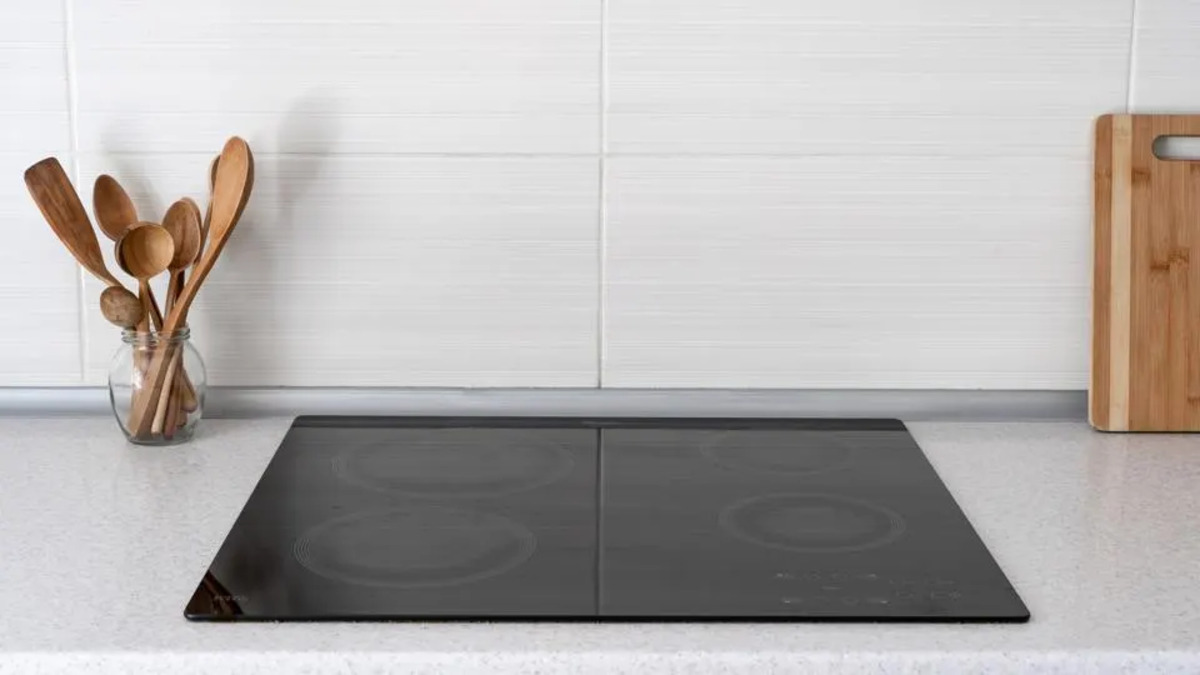
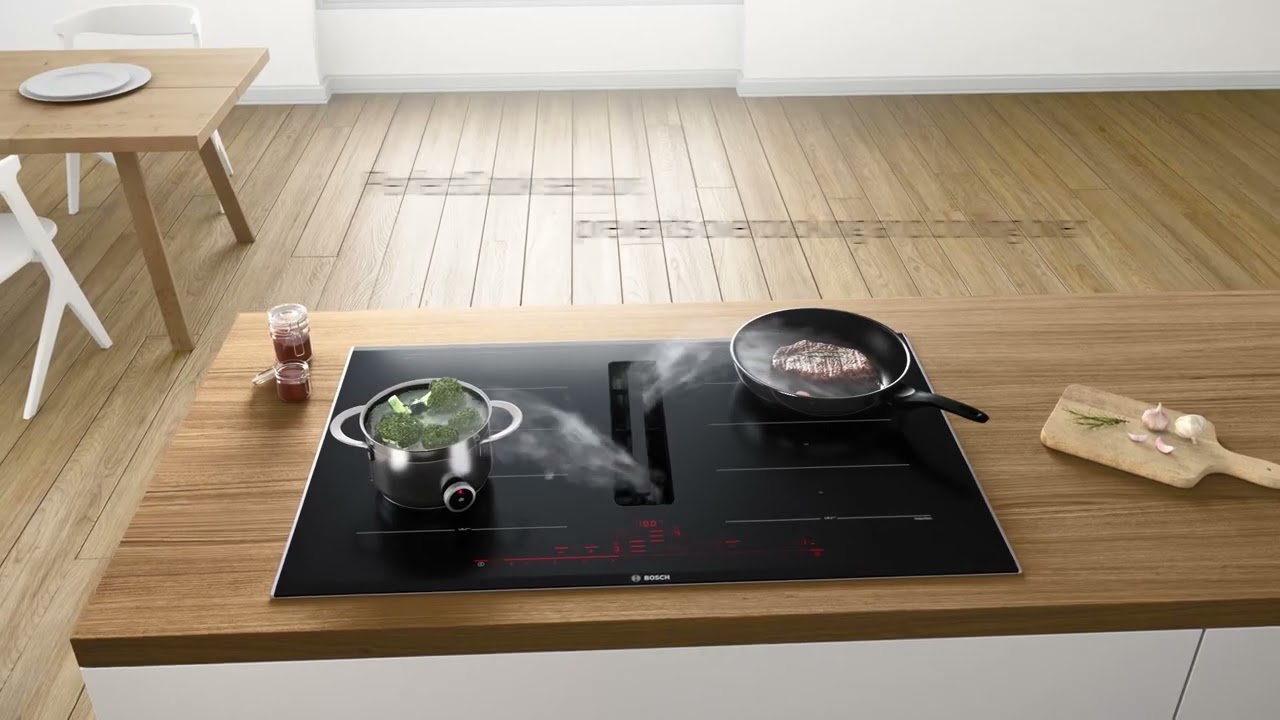
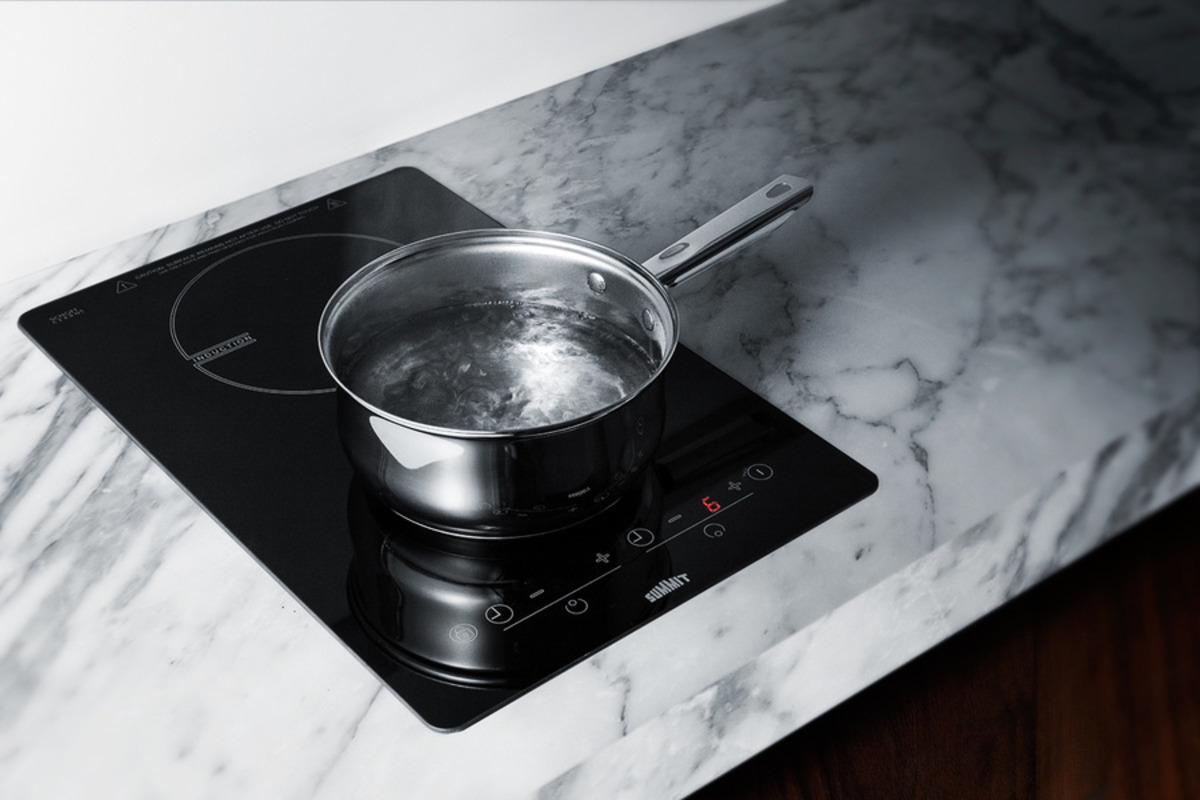
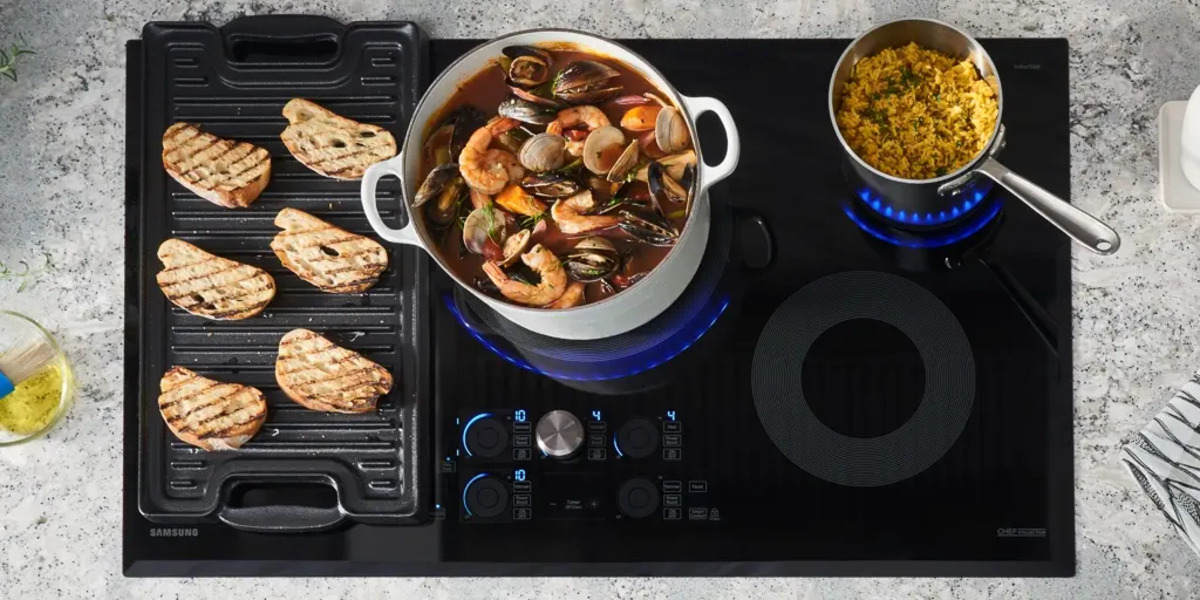
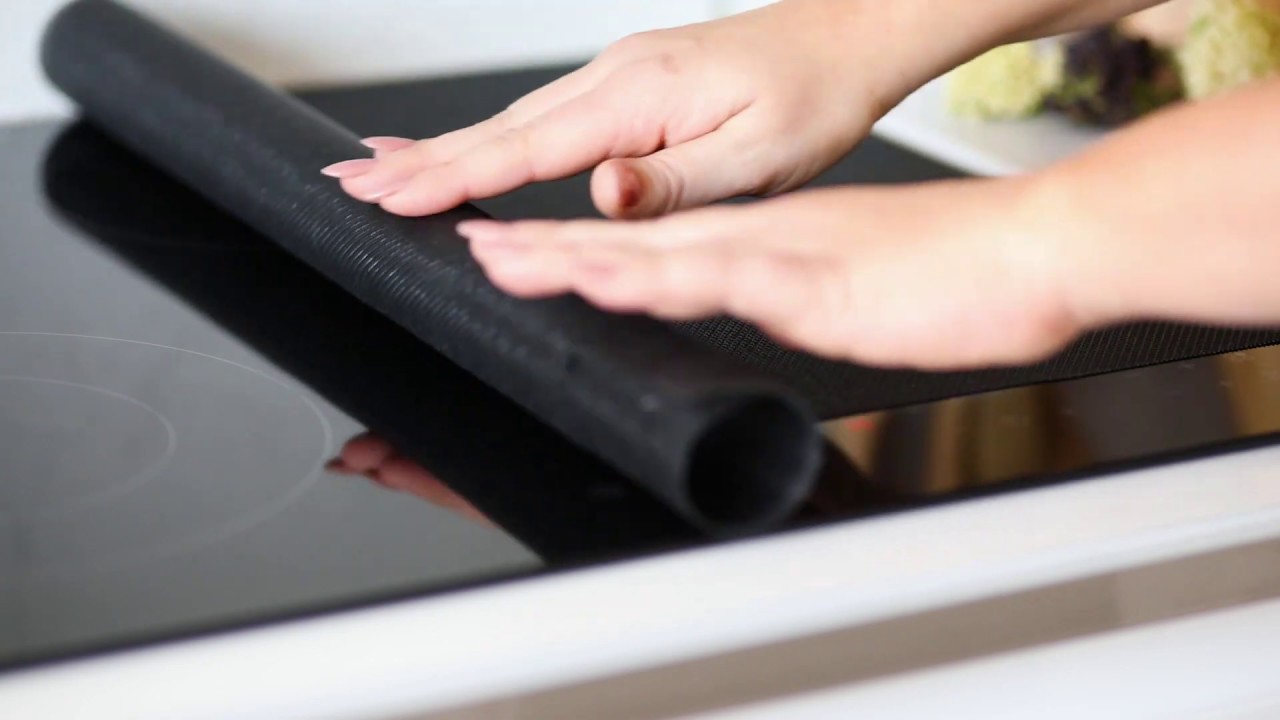
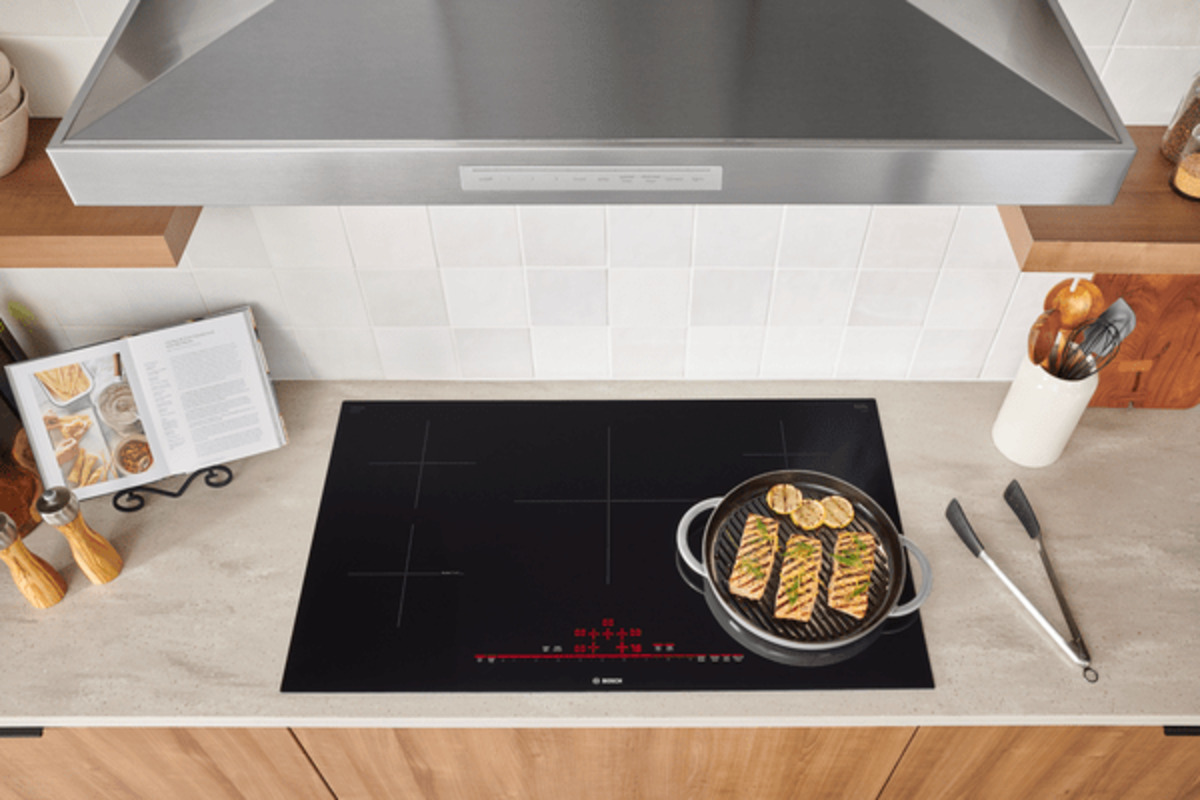
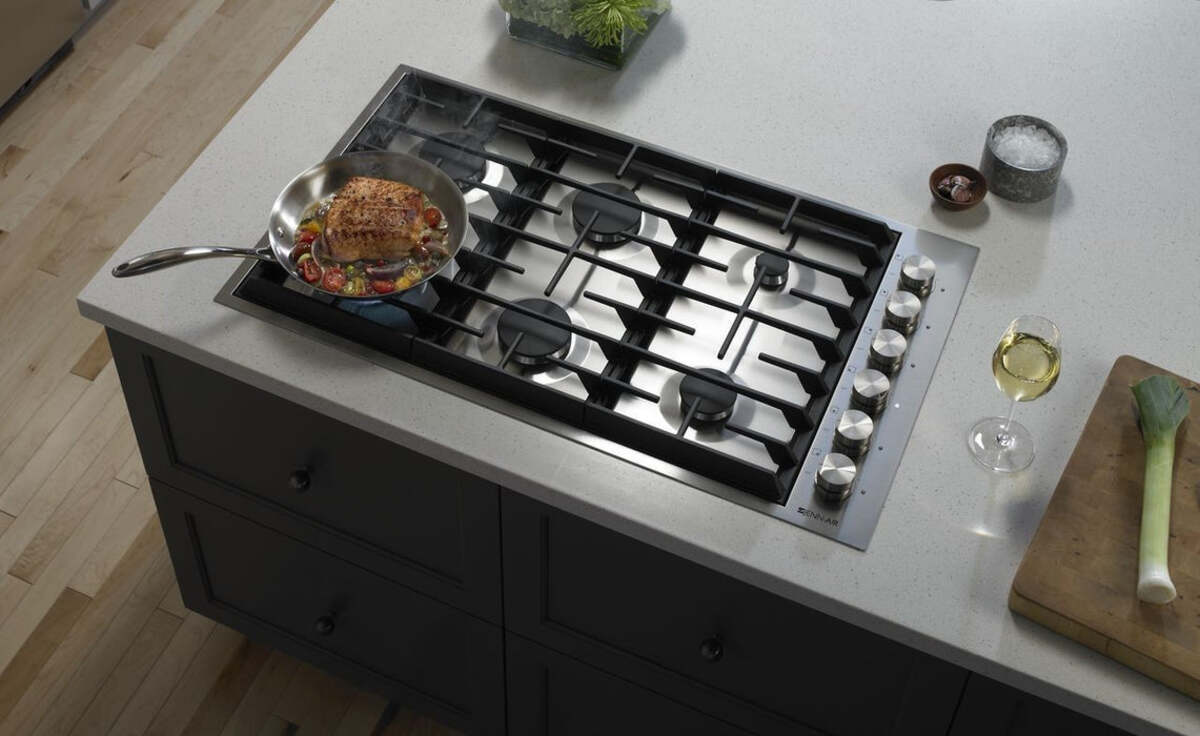
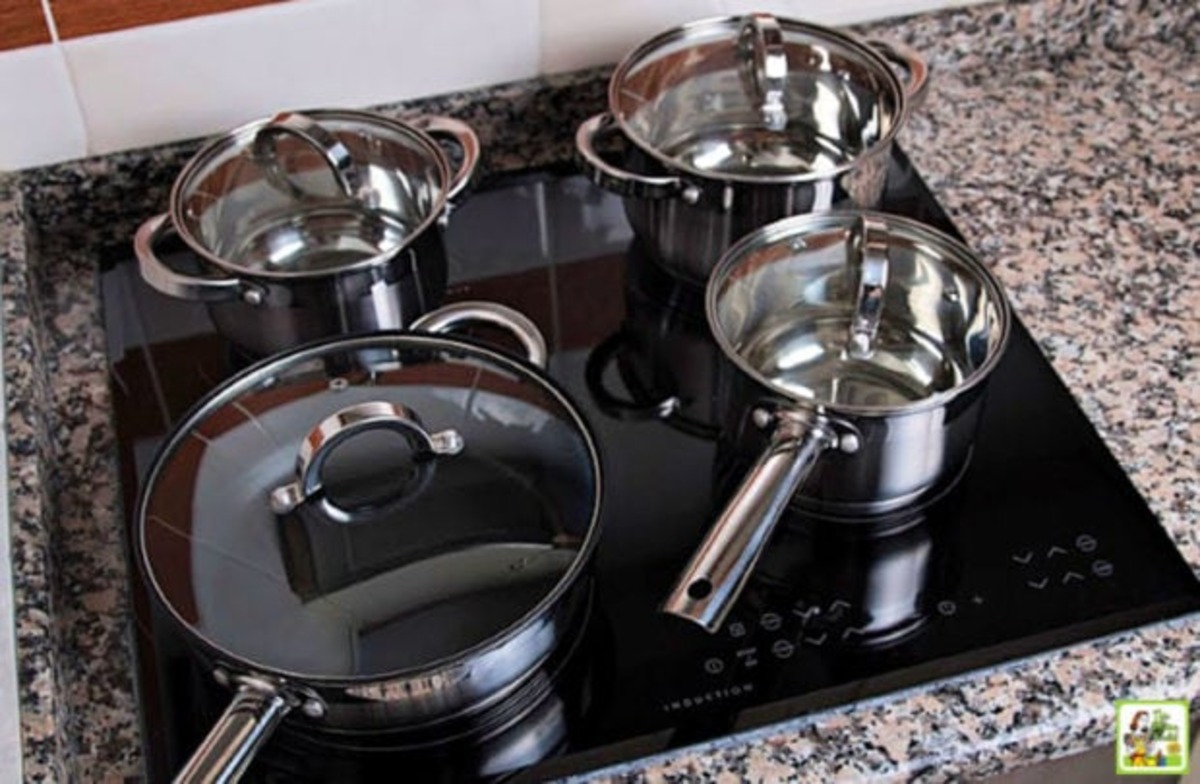
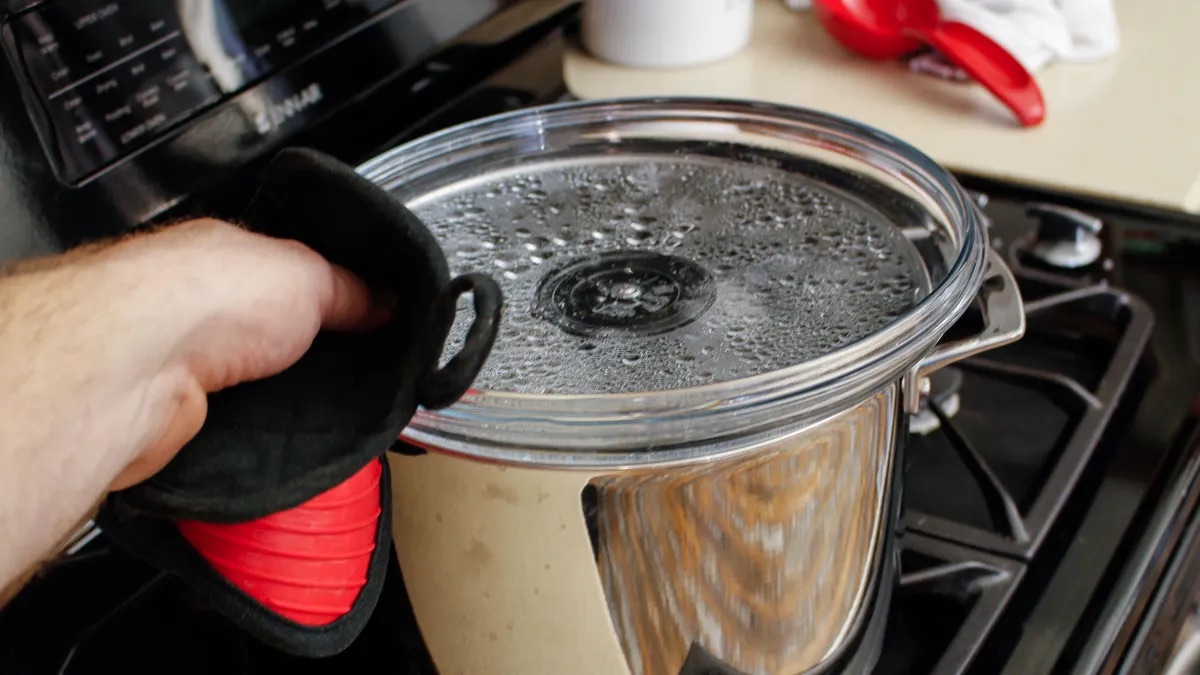
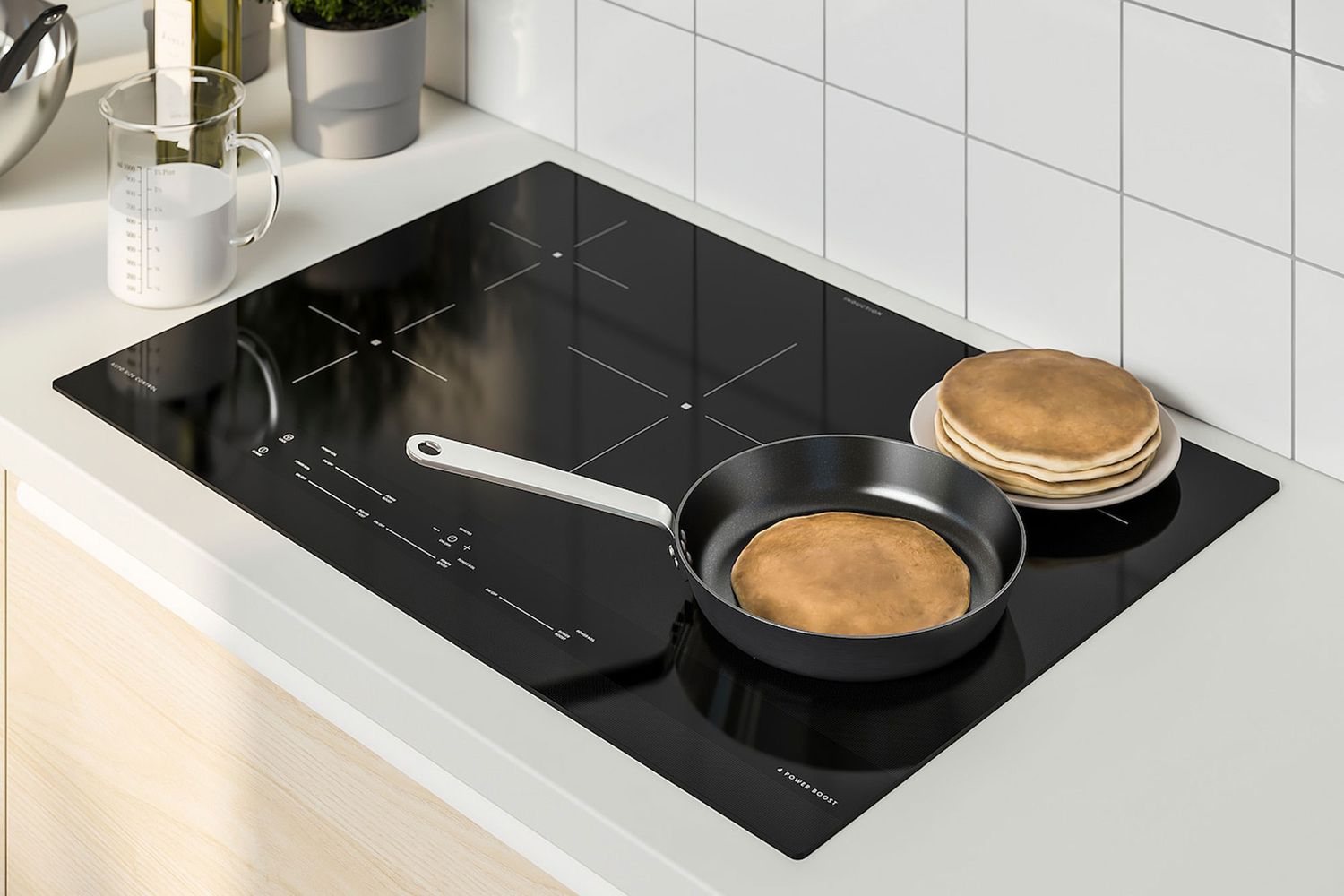
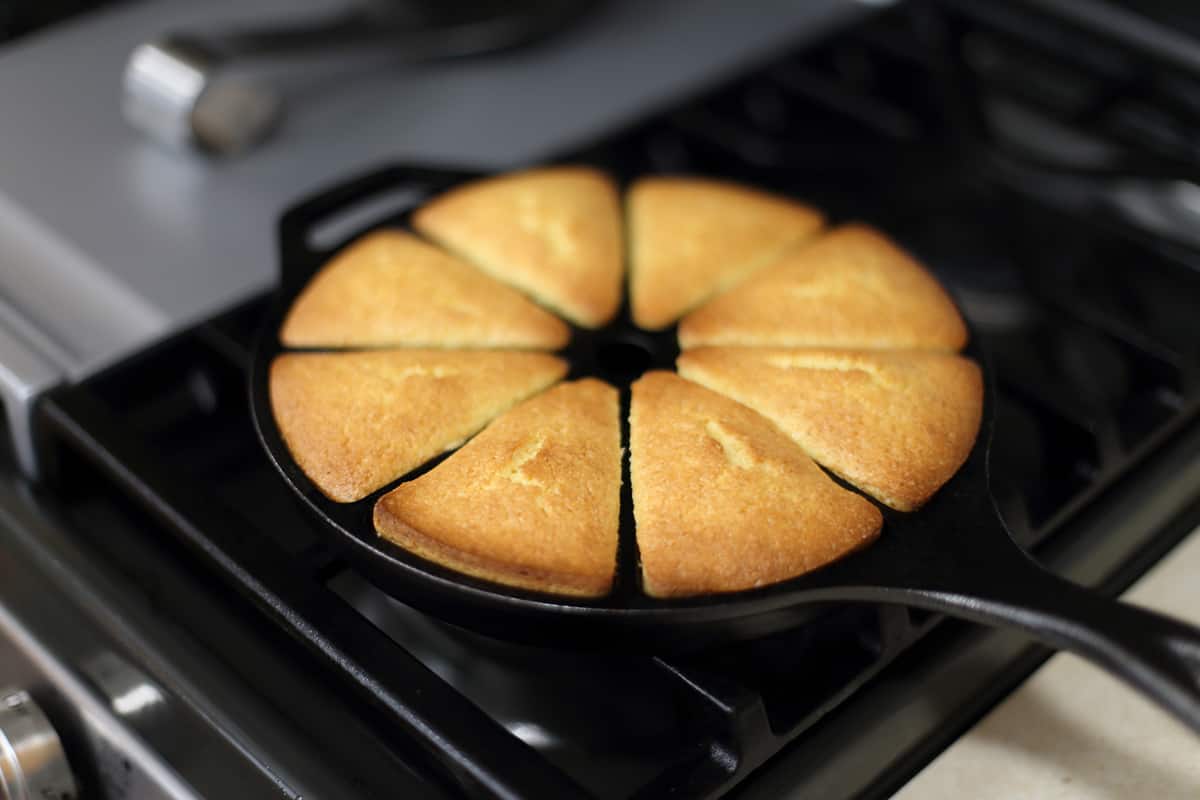
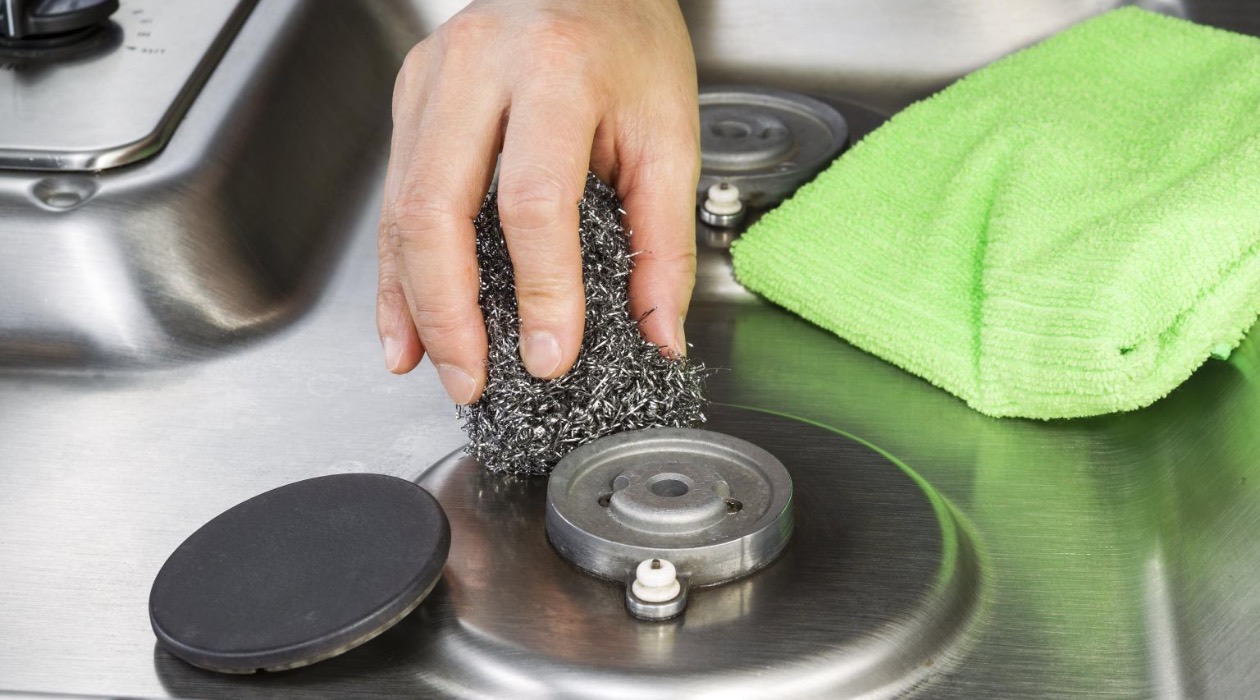
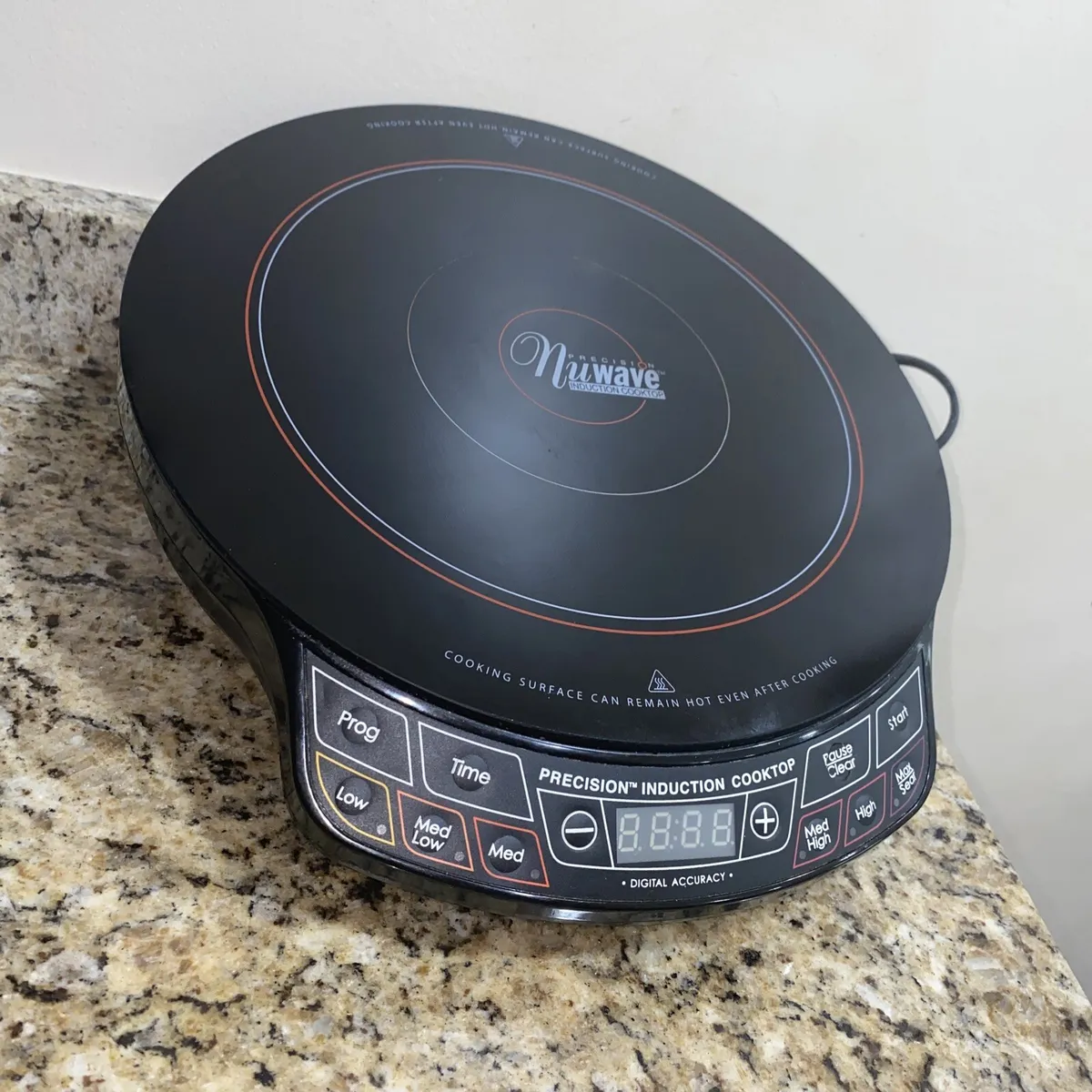
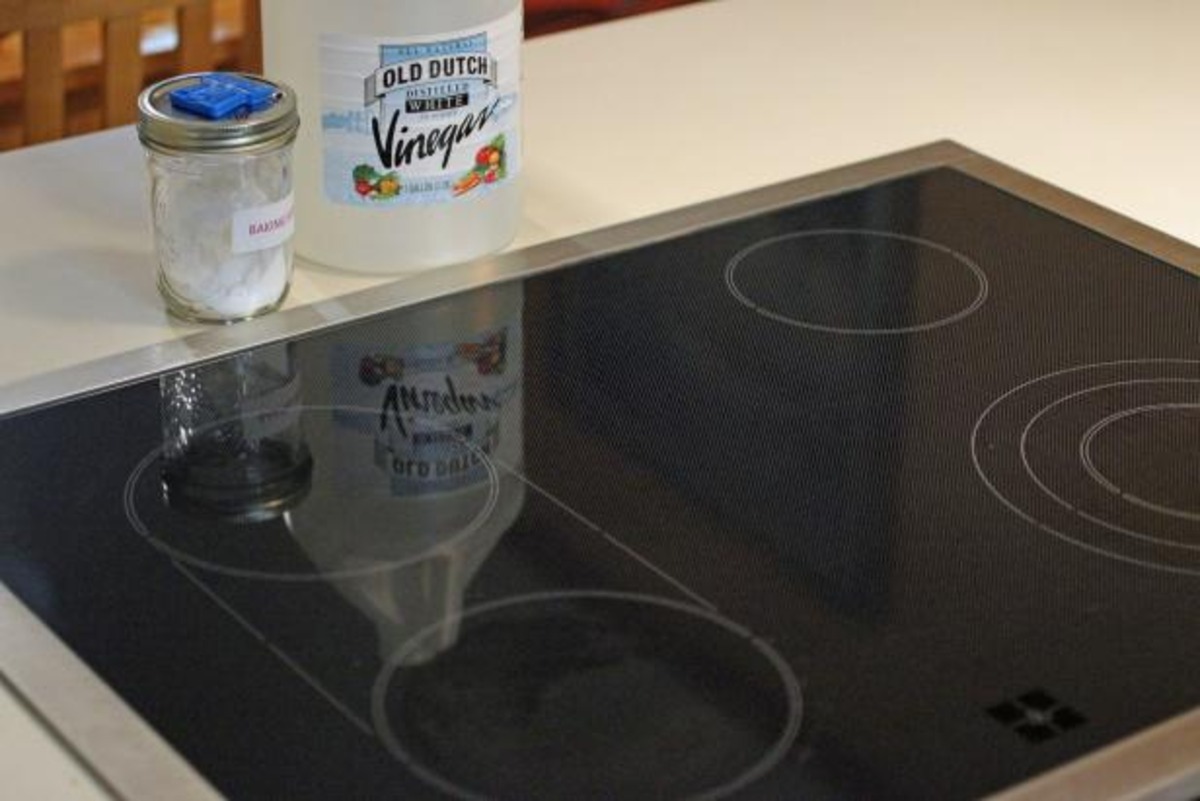

0 thoughts on “How Does An Induction Stove Top Work”